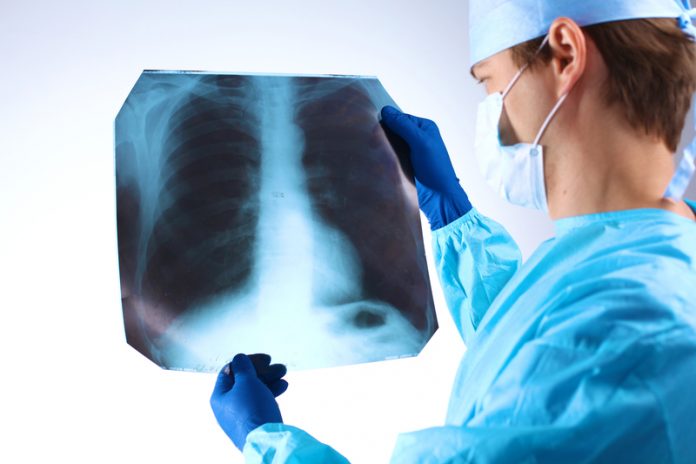Revolutionary discovery brings hope to lung disease sufferers after scientists from Université Paris-Saclay find a way to stop the deterioration of the arteries
Pulmonary Arterial Hypertension (PAH) is a fatal lung disease by high blood pressure in the pulmonary arteries that go from the heart to the lung.
Over time, the small pulmonary arteries become obstructed – a process called vascular remodelling – due to uncontrolled cell production. This causes high pressure and impedes blood flow.
As the right side of the heart works harder to pump blood to the lungs, it becomes overloaded, and eventually fails. The prognosis of the disease is globally poor, with sufferers only living on average for three years after diagnosis.
One available treatment for PAH are vasodilators, drugs which relax the muscle in blood vessels, causing the vessels to dilate. Unfortunately, the treatment is not curative and patients are often forced to have lung transplants.
However, after testing on human explanted lungs from PAH patients, mice and rats, a team of scientists, from Université Paris-Saclay, discovered that the NMDA receptor, which is better known as a glutamate receptor in nerve cells, is present in lung vascular cells and causes pulmonary vascular remodelling, contributing to the unrestrained cell proliferation in the arteries.
Dr Sylvia Cohen-Kaminsky says: “Pharmacological inhibition of vascular NMDA receptors controls the disease’s progression. We now know to target NMDA receptors, which is completely different to existing therapies – and a step forward in treating this fatal disease.”
In addition to the discovery of the target, the scientists are developing specific molecules that do not reach the brain. These are safer as new medication for PAH wouldn’t alter communication between neurons and impair learning or memory. They’d target lung vascular NMDA receptors and, as a result, more safely prevent the deterioration of lung arteries.











